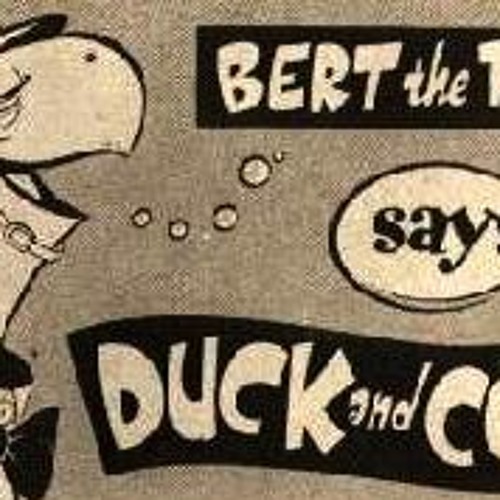

The laggard two would join within the following three years, once promised a bill of rights to amend the Constitution.īrief and often vague, the US Constitution left much to the interpretation of the leaders who implemented the new government. After a heated political debate between the Federalists (in favor of the Constitution) and the Antifederalists in state ratification conventions, eleven of the thirteen states ratified the new Constitution in 17. In 1787 alarmed gentlemen gathered in Philadelphia for a constitutional convention meant to shift power away from the states in favor of the nation. And when a rare state government did favor the creditors, it provoked resistance from armed farmers. The gentlemen concluded that the state governments were too democratic, which meant too responsive to public opinion. Gentlemen faulted the state governments for pandering to common voters by offering to relieve debtors at the expense of their creditors, those gentlemen who had loaned them money and goods.

#Lame duck period apush plus
Plus the states were roiled by social conflicts between the wealthy gentlemen and the common people over issues of credit or debt. American Indians defied the confederation, and the Europeans insisted that no republic could endure on such a big geographic scale. Unable directly to tax people, the confederation lacked its own revenue and could not afford an army or a navy, or even to pay the interest on its massive war debt. It proved too weak to control the powerful state governments. The first constitution of the United States was the Articles of Confederation, adopted in 1781. The miracle was that the revolutionaries pulled off all three of them, winning their war against the British, and securing a generous boundary in the peace treaty of 1783: west to the Mississippi, south to Florida, and north to the Great Lakes, with the Atlantic Ocean as the eastern boundary.ĭuring the mid-1780s, however, the new nation seemed about to collapse as quickly as it had been created. Like the ancient republic of Rome, they had collapsed and reverted to some form of tyranny, usually by a military dictator.Īny one of those three gambles was an enormous risk. In 1789, the United States was the only large republic in the world the others were a handful of small city-states scattered in Europe, and none of the larger republics in the history of the world had lasted very long. But the Americans in the new nation were not so sure, given the lessons of history. Today we take for granted that governments elected by the people can be stable, long lasting, and effective. In a republic, the people were the sovereign-rejecting the rule of a monarch and aristocrats. Third, the revolutionaries committed their new states to a republic, then a radical and risky form of government. Second, they formed a union of thirteen states, which was also unprecedented, for the colonies had long histories of bickering with one another. First, they sought independence from the powerful British Empire, becoming the first colonies in the Americas to revolt and seek independence from their mother empire. The leaders of the American Revolution made three great gambles.


 0 kommentar(er)
0 kommentar(er)
